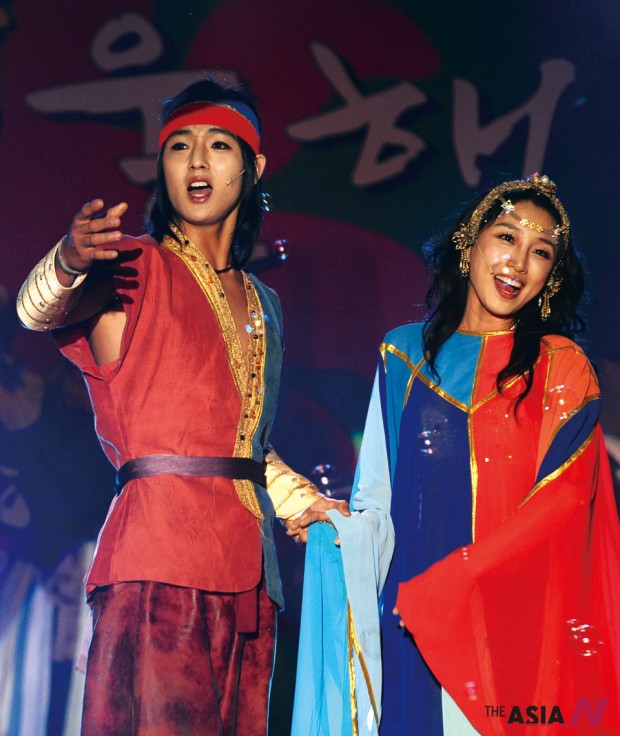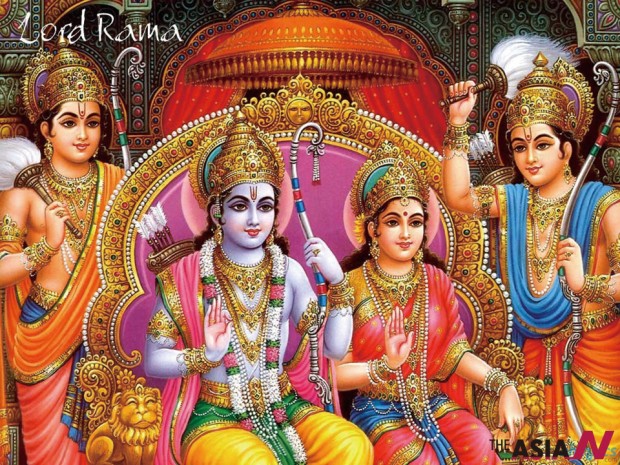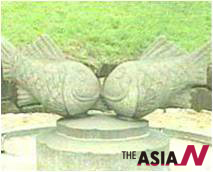The missing links of Asian history
Emeritus Professor Kim Byung-Mo of the Department of Cultural Anthropology at Hanyang University in South Korea has been looking for his roots. After a laborious forty years of research, he was perhaps not surprised to find that he shared a “genetic connection” with the royal family of Ayodhya, a non-descript small city in the central Indian state of Uttar Pradesh.
In one of his interviews in India, the professor said, “For the last 40 years, I have been tracing the route taken by the princess between Ayodhya and Kimhae city and after five visits, I have all the evidence to culturally connect the two cities.”
Prof. Kim Byung-Mo firmly believes that not only him, but the entire Kara clan, which comprises about two-thirds of the population of Korea, are the descendents of Princess Huh Wang-Ock (Ho). Ho is believed to be the daughter of Ayodhya, who at the age of 16, travelled by sea in the 4th century AD from Ayodhya in India to Kimhae city in Korea. There, she married King Kim Suro, the first king of Kara Dynasty and the founder of the ancient Korean Kingdom of Karak. They had ten children of whom nine became Buddhist monks.
More than a decade ago, the Korean government had declared Ayodhya as the sister city of Kimhae. They even established a monument in the memory of Princess Ho in the city of Ayodhya. The plaque at the monument reads, “Queen Huh was a princess of the kingdom. Her father, the king of Ayodhya, on receiving a divine revelation, sent her on a long sea voyage to the Karak kingdom in southern Korea to marry King Suro.”
Her story is narrated in the ancient Korean history books, Samkuksaki and Samkukyusa. Her tomb is located in Kimhae, where there is a stone pagoda in front of the tomb. The pagoda is built with stones, which the princess is said to have brought with her from Ayodhya. The particular kind of stone is not found anywhere in Korea. This stone is now part of crucial evidence that the princess belonged to the city of Ayodhya in India, where this stone is found. The symbol of the Kaya Kingdom, of two fish kissing each other, is similar to that of the Mishra royal family of Ayodhya. It is also the state symbol of Uttar Pradesh and is found on almost all the ancient buildings of Ayodhya. According to Prof. Kim, “the same twin fish symbol can also be seen in ancient buildings in Nepal, Pakistan, China and Japan and at the gate of the royal tomb of King Suro in Kimhae city in Korea.”
Can all this be a coincidence? Is it absolutely natural for the reader to wonder if all this is myth, legend or real history? How does one corroborate and really believe the theory of Prof. Kim Byung- Mo sharing the same DNA with an ancient Indian royal family?
If one goes a little deeper to study the iconography, artefacts and contemporary cultural activity of many Asian countries, it is not very difficult to believe that there are verifiable historical links.

A scene of the musical “The 4th Empire,” which deals with the history of Kaya Kingdom including King Kim Suro and Huh Wang-Ock’s marriage (Photo : NEWSis)
Rama and Ramayana across Asia
Ancient Indian history is full of maritime trade with South-east Asian countries and the Gulf. The traders not only did business, but also took tangible and intangible Indian cultural artefacts like scripts, language and religion and brought back artefacts of other countries to India on their ships.
Even before the discovery of the monsoon winds by Hippalus in 45–47 AD, mariners of the east coast of India were aware of the monsoon winds and currents and used them for maritime trade. According to the Indian maritime experts, for centuries no major changes have been observed in the southwest and northeast monsoons.
So, what was this famous royal family of Ayodhya? Who was the father of princess Huh Wang-Ock (Ho) and who were her siblings?
According to the legend, King Dashrath, who ruled over Ayodhya, had three queens. The eldest queen, Kaushalya, gave birth to a girl called Shanta. She was given away in adoption to King Lomapada of Anga, present day state of Bihar. Later, after much religious ritual, all three wives gave birth to three sons. The eldest son of the eldest wife, Kaushalya, was named Rama, who is revered as Lord Rama by all Hindus even today.
So, naturally, Lord Rama was the younger brother of princess Huh Wang-Ock (Ho). His life has, for centuries, been chronicled in as many as 300 versions of epic Ramayana. The oldest version is generally recognized to be in Sanskrit written by the Indian sage Valmiki.
Even today, Ramayana is enacted in plays, dance dramas, ballets or with puppets in as many as thirteen Asian countries from Malaysia to Indonesia, Thailand to Burma and Sri Lanka to Cambodia.
The core themes of the original Ramayana cannot be understood merely by local interpretations in different languages. Its essence has been expressed in a diverse array of regional cultures and artistic mediums. It has become the source of moral and spiritual guidance as well as aesthetic expression and entertainment.
The power of the story is so strong that the Ramayana Ballet has been performed every single night in the central Javanese City of Yogyakarta for the past 36 years.
In the world’s largest Islamic nation Indonesia, the sultan of Yogyakarta supports night performances of the Ramayana. All the 200 artistes are Muslims who say, “Islam is our religion. Ramayana is our culture.”
It is another matter whether Prof. Kim Byung-Mo can scientifically go through the DNA and carbon dating tests to prove his hypothesis to skeptics. From the beautiful stories of Princess Huh Wang-Ock and her brother Rama, one thing is certainly clear. The cohesive culture of various civilizations survives humans and time. People of various nations still repose faith in oral and written expressions that amalgamate cultures in spite of all forms of modern media.






































































